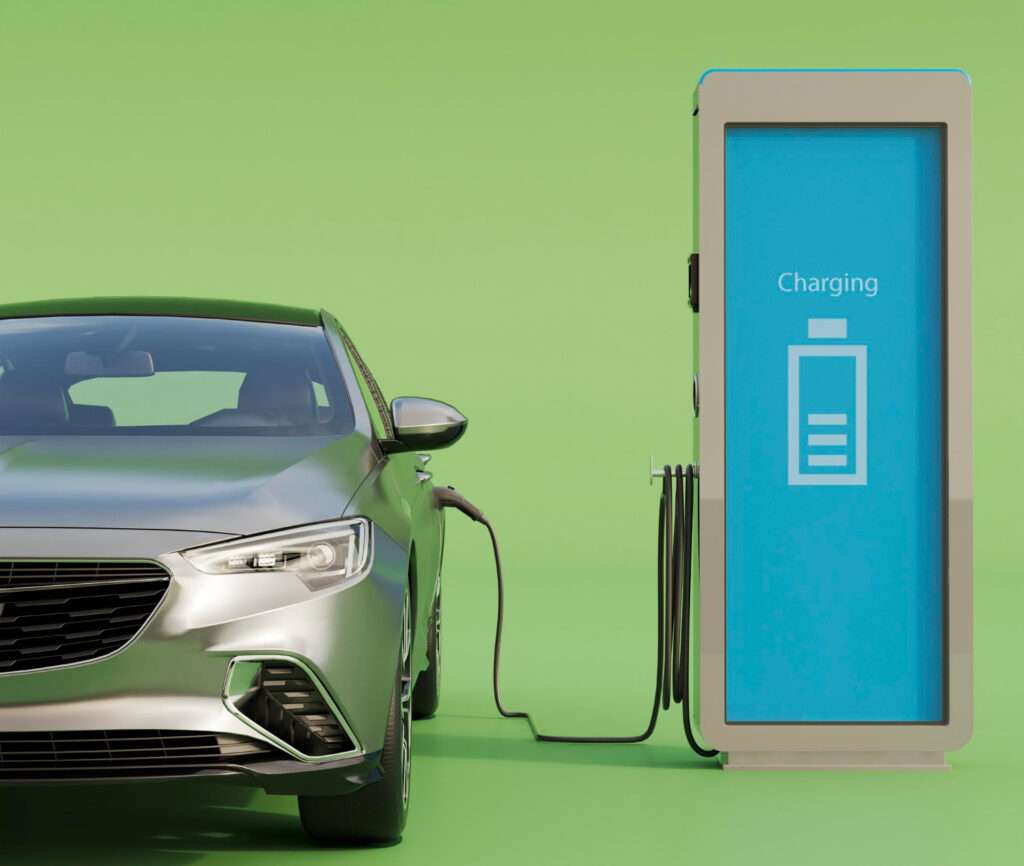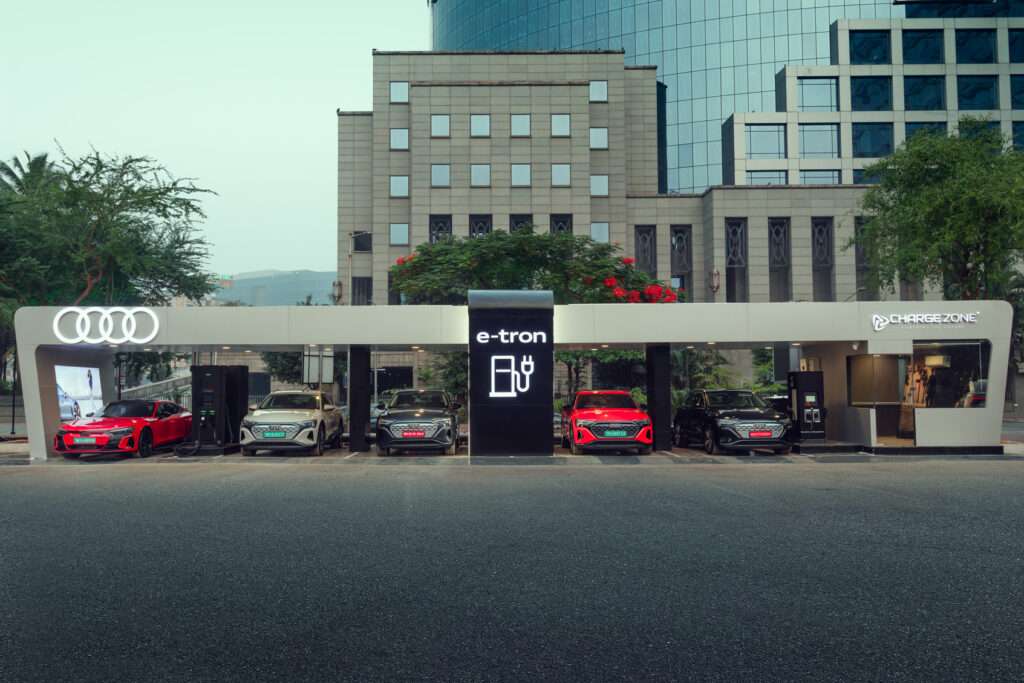New Delhi, April 11, 2025 —
India’s automotive industry is entering a transformative phase as electric vehicles (EVs) take center stage in 2025. With rising fuel prices, government incentives, and growing environmental awareness, EV adoption in India is at an all-time high, and manufacturers are racing to launch new models tailored for Indian roads.
According to the Ministry of Heavy Industries, EV registrations surged by over 80% in the first quarter of 2025 compared to the same period last year. States like Maharashtra, Delhi, Karnataka, and Tamil Nadu are leading the charge with dedicated EV policies, subsidies, and fast-charging infrastructure.
Tata Motors Leads the Pack
Tata Motors remains the market leader in the electric car segment, with its best-selling Nexon EV and Tiago EV dominating urban markets. In February, the company announced the upcoming launch of Tata Curvv EV, a stylish electric SUV coupe set to hit showrooms by mid-2025. The vehicle promises a range of over 500 km on a single charge and a competitive starting price of ₹18 lakh.
Shailesh Chandra, MD of Tata Passenger Electric Mobility, said, “We’re investing heavily in EV tech and ecosystem development, including battery recycling and local cell production.”
Hyundai and Ola Electric Expand Offerings
Hyundai is also stepping up its game with the upcoming launch of the Creta EV, scheduled for late 2025.. The company is focusing on premium interiors, smart connectivity features, and ultra-fast charging. It aims to capture the premium EV SUV segment.
Meanwhile, Ola Electric, already a leader in the two-wheeler EV space, is preparing to launch its first electric car, rumored to feature futuristic design, autonomous features, and a sub-₹10 lakh price tag.
Government Push and Infrastructure Growth
The Indian government’s FAME II scheme continues to provide significant subsidies for EV buyers, while plans for a ₹18,000 crore investment in EV infrastructure are underway. Over 6,000 public charging stations are expected to be operational nationwide by the end of the year.
The recently approved Battery Swapping Policy also aims to simplify EV ownership for fleet operators and delivery services, further promoting e-mobility.
Challenges Remain
Despite the growth, challenges like limited charging infrastructure in rural areas, battery costs, and consumer hesitancy persist. However, with rising awareness and technological advancements, experts believe EVs could make up 30% of all new vehicle sales in India by 2030.



